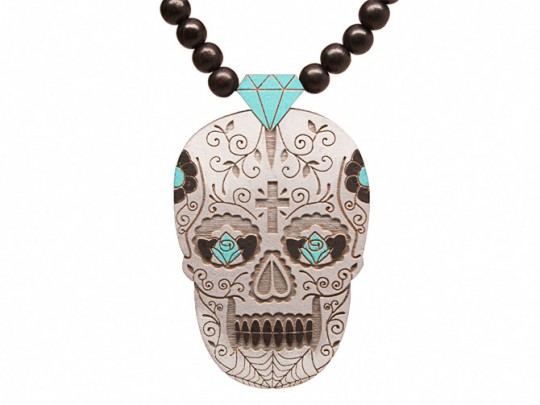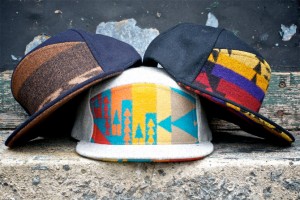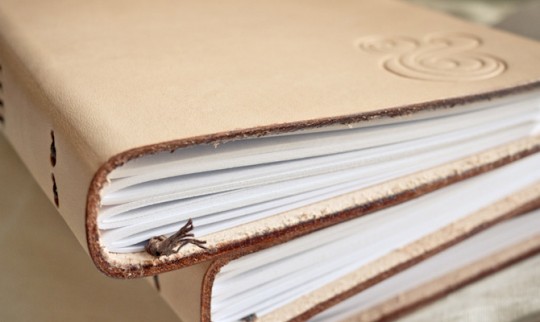Written by Ray Masaki
This is a really good question, but the answer obviously depends on what you consider your demographic to be. But one thing that is definitely important regardless of your demographic is that the product should be unique and professional. Try to steer clear of bandwagon products. You might make a quick buck from making a fad product, but you don’t want your brand to look like every other brand that jumps on trends.
 For example, for some reason a while back, people were really into those Livestrong style silicone wrist bands. I thought it was cool when Livestrong did it, because it was for a good cause and the first to do it, but when a shitload of bands and brands started doing it, it got super lame. Maybe it’s just me, but I find those things to be terribly ugly, and don’t work well as an accessory to your clothing. I know the intention of those bands aren’t to be a fashion accessory, but I personally feel like your brand loses class when you make people wear accessories that are obviously just advertising (ie. silicone bands that say “I [heart] Brand X”). Similarly, I find laser cut jewelry pretty tacky for the most part unless it’s done well. Good Wood makes really unique laser cut jewelry using good quality wood, and unique wooden chains. They were able to take a simple idea, and put their own unique spin on it, which is dope.
For example, for some reason a while back, people were really into those Livestrong style silicone wrist bands. I thought it was cool when Livestrong did it, because it was for a good cause and the first to do it, but when a shitload of bands and brands started doing it, it got super lame. Maybe it’s just me, but I find those things to be terribly ugly, and don’t work well as an accessory to your clothing. I know the intention of those bands aren’t to be a fashion accessory, but I personally feel like your brand loses class when you make people wear accessories that are obviously just advertising (ie. silicone bands that say “I [heart] Brand X”). Similarly, I find laser cut jewelry pretty tacky for the most part unless it’s done well. Good Wood makes really unique laser cut jewelry using good quality wood, and unique wooden chains. They were able to take a simple idea, and put their own unique spin on it, which is dope.
 Similarly, I feel like a lot of people are jumping on the old school snap back bandwagon. If you’re going to make snap backs, do it right. I see people buying really shitty wholesale hats, and then doing really generic embroidered designs on them. My favorite snap back brand by far is Quintin. They just did a collaboration with sneaker genius, Ronnie Fieg, and it was one of the dopest caps I’ve seen a while. Quintin uses really unique fabrics, and the cut of the hat is custom as well. I don’t know if snap backs are just a running trend at the moment, but if you’re going to go for them, do it right!
Similarly, I feel like a lot of people are jumping on the old school snap back bandwagon. If you’re going to make snap backs, do it right. I see people buying really shitty wholesale hats, and then doing really generic embroidered designs on them. My favorite snap back brand by far is Quintin. They just did a collaboration with sneaker genius, Ronnie Fieg, and it was one of the dopest caps I’ve seen a while. Quintin uses really unique fabrics, and the cut of the hat is custom as well. I don’t know if snap backs are just a running trend at the moment, but if you’re going to go for them, do it right!
Continuing on the idea of trying to make a professional look on a tight budget, try to think of cost effective ways to customize your product like hoodies and jackets. I think the standard embroidered label adds a bit of professionalism to your products, but try to think of ways you can it make it more unique. Penfield uses embossed leather as patches on their jackets. Getting patches produced is really not too expensive if you find the right sources, and it definitely makes your garments more unique. I think it’s pretty boring when someone just prints up their design on a stock AA hoodie and then leaves it at that. If you add your own label in place of the stock size tag, and add little accoutrements, the products turns out way more special and unique. To me, it adds to the brands value, because I no longer feel like I’m buying Brand X design printed on an American Apparel hoodie, I feel like I’m buying a Brand X product. There is some debate on the issue, because people like knowing what kind of fit to expect especially when it’s an online brand, but that’s something that I’m personally willing to risk. When a shirt is printed on American Apparel, most people have worn AA shirts and know what size to get, but I still prefer removing the tags and labeling it as my own unique product. Besides, if you include an accurate size chart, most people shouldn’t complain… unless they’re too lazy to measure themselves.
 If you’re looking into making your company more of a “lifestyle” brand, think of products that can complement your brand’s image. Ugmonk is a brand that everyone should know by now that focuses on minimalism, and the owner, Jeff Sheldon, really has a great attention to detail. One product he released in 2011 was a leather notebook, which worked perfectly with the style of his brand. It was unique, minimal and professional, and all he really added was simple, well-done packaging and an embossed graphic to the leather cover.
If you’re looking into making your company more of a “lifestyle” brand, think of products that can complement your brand’s image. Ugmonk is a brand that everyone should know by now that focuses on minimalism, and the owner, Jeff Sheldon, really has a great attention to detail. One product he released in 2011 was a leather notebook, which worked perfectly with the style of his brand. It was unique, minimal and professional, and all he really added was simple, well-done packaging and an embossed graphic to the leather cover.
Overall, the most important thing is to create unique and professional products that pair well with your brand’s vision. Don’t jump on bandwagons, and create things just to be popular and make quick money. Try to really find and acknowledge the aesthetic of your brand, and find other products besides t-shirts that blend well with your company’s look.



